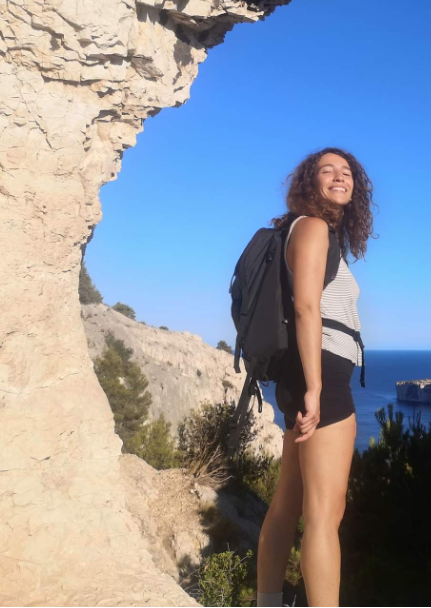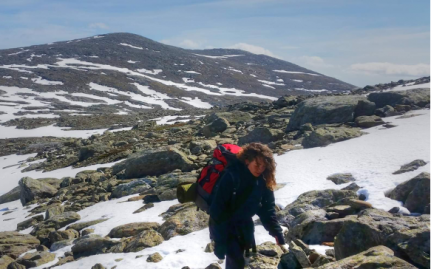The new wave of oceanographers: Laurina Oms
Interview : Laurina Oms is a PhD student in physical oceanography at the Mediterranean Institute of Oceanography, Aix-Marseille University, France.
SWOT AdAC : what is your research field and how did you chose it ?
Laurina Oms : I chose to study oceanography because it is a multidisciplinary field that allows the study of natural processes, taking into account that they all work in synergy. The study of the ocean is the study of a fluid in motion where the skills of physicists, chemists, biologists… are required to advance. I therefore chose oceanography because it allows us to better understand that nature functions as a whole.
SWOT AdAC : how does your research relate to SWOT ?
Laurina Oms : I study the link between physics and biology at fine oceanic scales. For this purpose, different approaches are used and complement each other. First of all, I have a modeling approach where I numerically simulate the physical and biological processes of interest, but also an in situ approach where we collect our data directly at sea. For this second approach, we use satellite observations that allow us to have a general view of our study area and to target the physical and biological structures that we want to study. SWOT will thus bring us a high-resolution observation of the ocean surface.
SWOT AdAC : What excites you about SWOT and the SWOT-AdAC campaign you will be participating in? How will you contribute to the campaign?
Laurina Oms : I am very curious to see how SWOT high resolution data from the surface of the ocean can improve both the general knowledge of the physical dynamics of the ocean, and help me in answering my own scientific questions, namely: the peculiarities of fine-scale physical structures and their role on the distribution of phytoplankton communities. For this question, during the BIOSWOT-Med campaign I will use flow cytometry to measure the abundances of the different populations of phytoplankton present in the region, and to report these results on maps indicating the abundance points and some physical features such as the direction and speed of the currents
SWOT AdAC : What are your plans after the campaign?
Laurina Oms : After the campaign I will analyze the physical and biological data in situ, and from that feed my numerical model. The idea is to understand the common history of water masses and organisms during the cruise and to extend these results to define more generally the fine-scale features in the ocean.
BioSWOT-Med Blog



